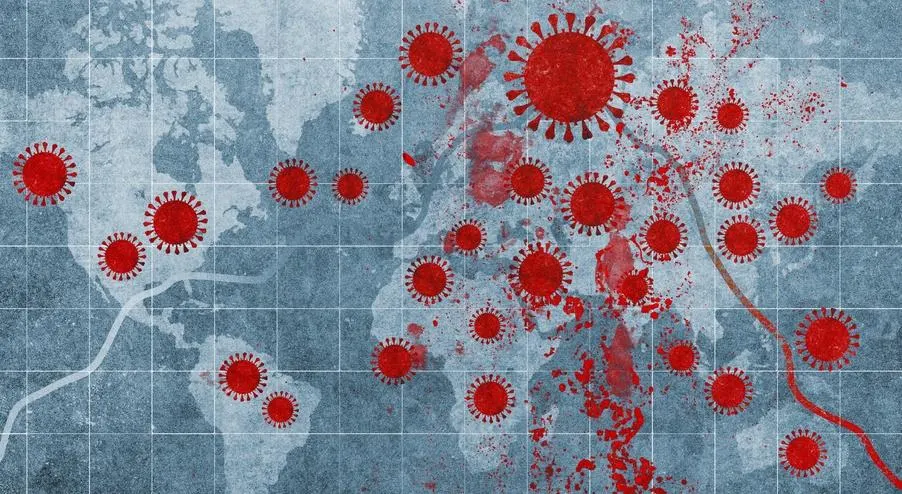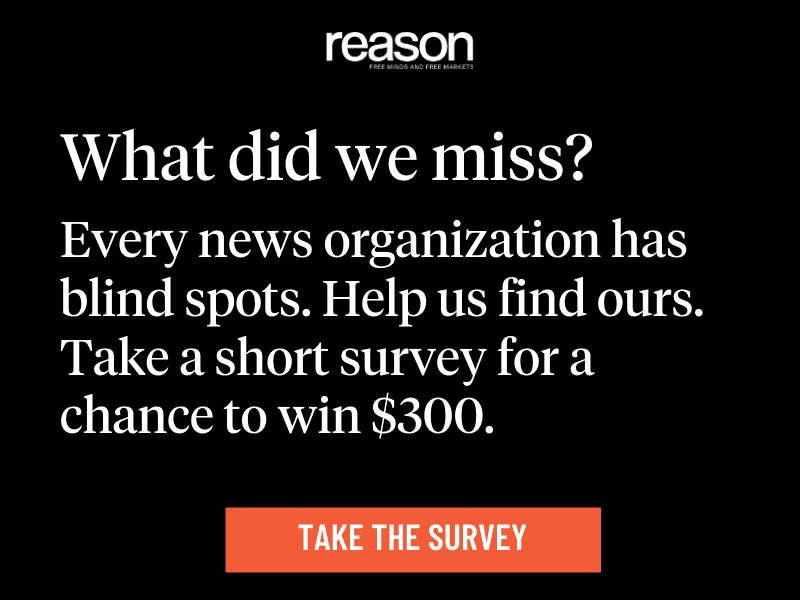By Contributor,John Drake
Copyright forbes

New results from control theory could be used to intervene in future epidemics.
When an outbreak of an infectious disease begins to spread, policymakers face an unenviable challenge. They must decide when to intervene and how forcefully, knowing that their choices carry both public health and economic consequences, typically in tension. Act too soon, and they may impose unnecessary costs on society. Act too late, and the outbreak can spiral out of control. Moreover, they must make these decisions using data that are often delayed, incomplete, and riddled with uncertainty.
A new algorithm, invented by computational epidemiologists Sandor Beregi and Kris Parag and published last week in the journal PLoS Computational Biology, offers an interesting new framework for tackling this problem. Drawing on methods from engineering, the authors adapt a strategy known as model predictive control (MPC) to the messy realities of epidemic surveillance. Their goal is to show how decisions about non-pharmaceutical interventions (policies such as school closures, travel restrictions or mask mandates that are used when vaccines are not yet available and rapid containment is essential) could be improved with the help of a computer.
“MPC is quite an intuitive decision-making method,” Parag explained in an interview. “You have a number of possible actions and want to select the best one going forward. You have a definition of what is ‘best’ [this is known as the reward function in the technical literature]
and a way of thinking about how your decision will affect the future (i.e., a model). MPC says project those future scenarios for some time under the possible actions and pick the sequence of actions that are best over that time period. But you also recognise that your future scenarios are subject to uncertainties. This recognition means you only do the first action in your best sequence and then repeat the entire decision-making process again. Think of it as rolling, short-term planning.”
Mathematical and computer models to forecast disease spread were abundant during the COVID-19 pandemic, and some of them were actually quite good. What Beregi and Parag bring to the table is a way to connect model forecasts with possible actions: an engineering approach known as control theory.
The importance of such a framework becomes clear when one considers the limits of current practice. Epidemiological data are noisy. Case counts are an under-representation of the actual number of people infected because not everyone is tested, and are typically delayed because of lags in reporting. Even the most basic inputs into models are uncertain. Some researchers have explored optimal control strategies for epidemics, but most of these efforts either rely on deterministic models that are too simplistic for use in real epidemics or focus narrowly on the mathematics of stability and robustness.
MORE FOR YOU
“We wanted to specifically think about how doing control given that delayed and under-reported data affects optimal performance,” Parag noted. In other words, how do the imperfections of real-world surveillance alter our ability to identify the best action?
How The Algorithm Works
Beregi and Parag’s algorithm uses epidemic models to simulate multiple possible futures given the current state of an outbreak. At each policy review point (say every two or three weeks, in line with real government practice) the algorithm projects what would happen under different intervention strategies. It then selects the near-term action most likely to minimize infections and costs combined. After that first action, the process repeats, always recalibrating based on the latest available data.
This adaptive approach contrasts with two simpler strategies the authors used as benchmarks. The first is event-triggered feedback control, which imposes interventions only when infections cross a certain threshold. The second is time-triggered cyclic control, in which interventions are scheduled in advance, regardless of what the data show.
Across most scenarios, MPC outperformed both benchmarks. By making reactive, data-informed decisions, MPC not only reduced infections but also lowered the economic and social costs of interventions. Even when the authors simulated the emergence of new, more transmissible variants (a frequent situation that proved very challenging to forecasters during the COVID-19 pandemic), the algorithm proved robust, adjusting quickly by re-estimating transmission rates.
The study also identifies limits to what data-driven control can achieve. Adaptive strategies lose their edge when reporting delays become very large. In such cases, the authors found, simple preset interventions sometimes work better since the incoming data are simply too unreliable. This is a reminder that even the most sophisticated algorithms cannot escape the limitations of the information they are fed.
Implementing MPC in epidemiology is not straightforward. As Parag put it, “Case counts are noisy, under-ascertained and lagged. We studied how robust our method is to this uncertainty. In particular, the way the delay enters our system stochastically is unusual from the classic control perspective. This in fact was seen by some control theorists as so problematic that it led to proposals of using open loop or preset controls,” that is, strategies in which interventions are either fixed in advance without regard to new data (open loop) or imposed on a regular schedule regardless of epidemic conditions (preset).
There are also technical hurdles. Unlike classical control problems in engineering, epidemic interventions are discrete (you either impose a lockdown or you don’t) and their effects are delayed. Choosing the right projection horizon and other hyperparameters required careful tuning, which the authors handled using Bayesian optimization.
Closing the Gap Between Prediction and Policy
Why has this approach not been tried before? Parag attributes it to disciplinary silos. “There is still a wide interdisciplinary gap between control theory and epidemic modeling,” he said. The handful of control theory papers that emerged during COVID-19 were often too abstract for epidemiologists, while epidemiological models did not always resonate with control theorists. “Consequently, there was an opportunity to start tying the fields together.”
By grounding MPC in the constraints of real surveillance and policymaking, Beregi and Parag make an important step toward closing that gap. Their work does not yet provide formal guarantees of optimality, a challenge they readily acknowledge, but it demonstrates that the method can be both feasible and practical.
The Bigger Picture
The potential with model predictive control and other formalized approaches to decision support during disease outbreaks is not that they will dictate a single “right” answer, but that they can bring mathematical precision and transparency to decisions that are otherwise made informally under pressure and uncertainty. By combining epidemiological models with explicit cost trade-offs, MPC offers decision makers a clearer view of the consequences of their choices.
But the study by Beregi and Parag underscores both these opportunities and the limits of technical approaches. Algorithms can be used to sharpen human decisions, but they cannot substitute for the difficult processes of setting priorities and defining societal goals.
Editorial StandardsReprints & Permissions



